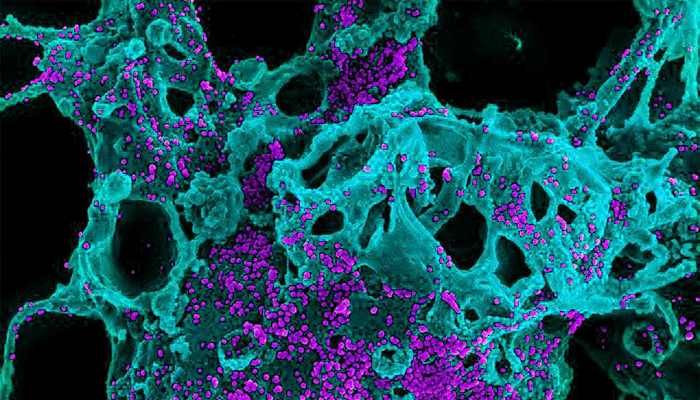The 2002 and 2003 outbreak of severe acute respiratory syndrome coronavirus (SARS-CoV) infection was a significant public health threat at the beginning of the 21st century. Initial identification of SARS-CoV in civet cats and other wild animals in live animal markets suggests zoonosis. Later, Rhinolophus sp. bats were identified as harboring severe acute respiratory syndrome-related CoV at high frequencies and were believed to be a natural reservoir host for SARS-CoV.
During a 5-year bat coronavirus (CoV) surveillance study (2006 to 2010) in Kenya, we identified five bat betacoronaviruses by pan-CoV reverse transcription-PCR (RT-PCR) from fecal samples of Chaerephon and Rhinolophus bats. These bat betacoronaviruses shared >98% nucleotide identity with each other and were clustered with other known bat SARS-related CoVs identified from Rhinolophus bats in China and Europe based on a short amplicon sequence of open reading frame 1b (ORF1b) (121 bp). We selected RNA from the BtKY72 bat, which was one of the five betacoronavirus – positive bats from a previous study ( 11 ), for full genome sequencing. To determine the full genome sequence, consensus degenerate primers were designed from conserved sequences based on all known SARS-related CoVs.
This study demonstrates that the SARS-related CoVs that were identified from Rhinolophus bats in China and Europe were also present in Kenyan Rhinolophus bats ( Fig. 1 ). The discovery of SARS-related CoVs in Kenyan bats adds to the diversity and geographic range of CoVs in Rhinolophus bats. The genome data for BtKY72 will facilitate understanding of the molecular evolutionary characteristics of bat SARS-related CoV.
The complete genome sequence of BtKY72 is available in GenBank under the accession number KY352407.
Complete Genome Sequence of a Severe Acute Respiratory Syndrome-Related Coronavirus from Kenyan Bats. American Society for Microbiology Journals DOI: 10.1128/MRA.00548-19


